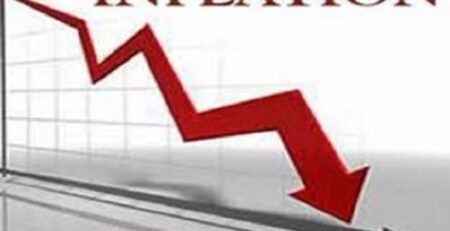Banking industry remains robust against extreme loan impairment in 2021 – BoG Stress Test
The Bank of Ghana says the resilience of the banking industry remained robust to extreme loan impairment in 2021.
This was supported by a strong capital position resulting from increasing profitability and Covid-19 relief measures.
Again, the Loan Concentration Model stress test further showed that the banking industry was robust to credit concentration shocks
According to the 2022 Financial Stability Review, the concentration shock assesses the impact of a failure of a bank’s single largest borrower.
The scenario evaluated the solvency of banks should their single largest borrower fail to honour their obligation, leading to the exposure migrating to the loss category.
The December 2021 test, the Central Bank said, revealed that should the single largest borrower of each bank default concurrently, the Capital Adequacy Ratio (CAR) of the banking industry will decrease from 19.8% to 14.8%.
This indicates that the industry CAR, in the face of credit risk concentration shocks, would still be well-above the minimum regulatory capital, due to the strong capital position.
“As part of efforts to strengthen the risk management practices and internal controls of the banking industry, the BoG will continue to ensure banks comply with exposure limits to contain potential solvency challenges that may emerge from loan concentration”, it pointed pout.
The Central Bank explained further that the stability of the banking industry remains critical in preserving financial system stability in the country.
To evaluate the resilience of the financial system, it said, various tail events/shocks were applied to the banking industry which as of end-December 2021, constituted 69.0% of financial sector assets.
“To evaluate the banking industry’s resilience to shocks, an exercise that stressed banks’ balance sheets and profit and loss accounts, to extreme but plausible shocks, was conducted”, it added.
The stress tests covered credit, market and liquidity risks. The scenarios were model-driven, anchored on historical simulations and relied on expert judgment.
Source: Myjoyonline














Leave a Reply